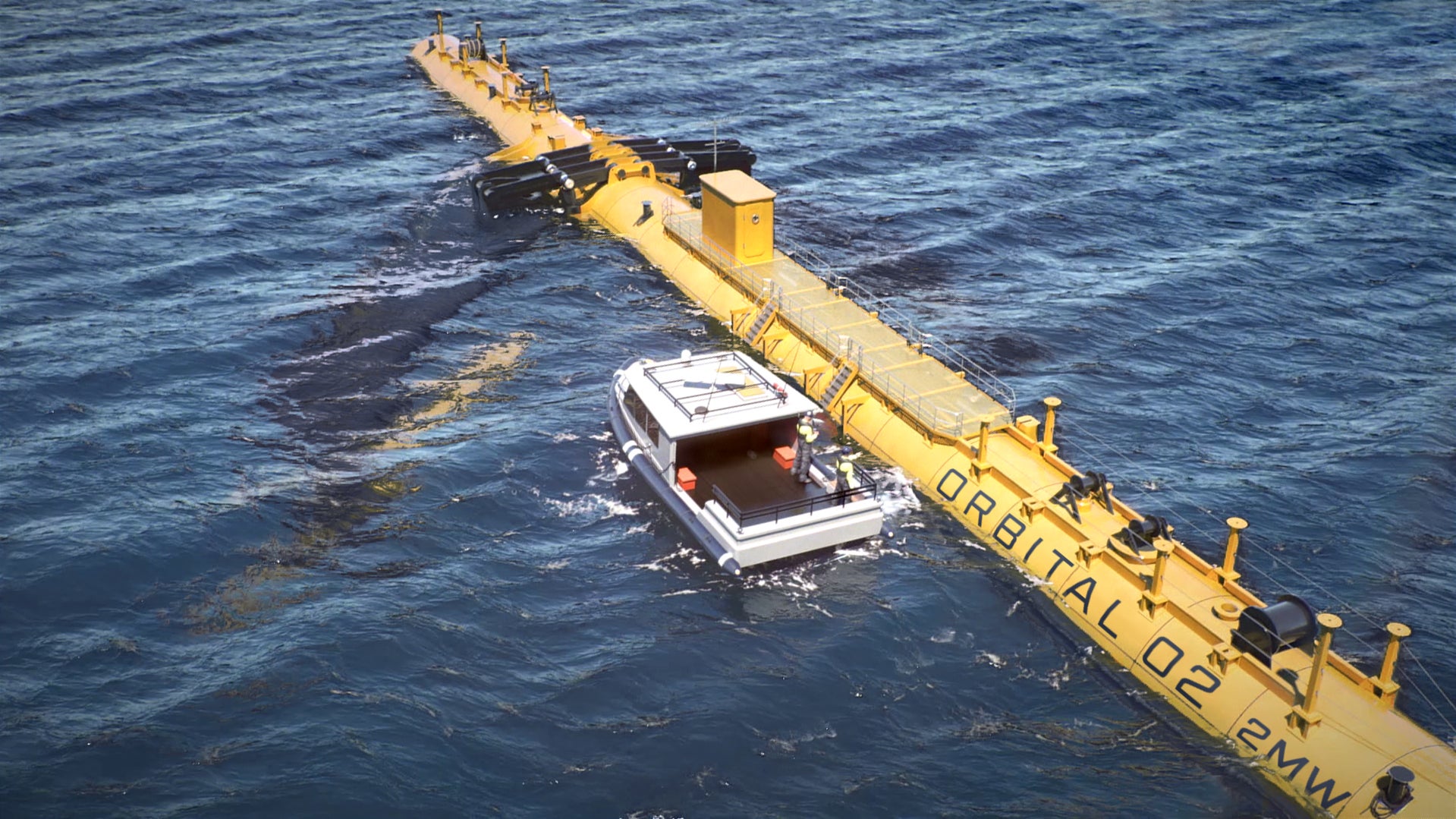Underwater sea turbines ‘could supply 10% of the UK’s energy’
Tides can be forecast hundreds of years into the future and reliably and predictably produce energy

Your support helps us to tell the story
From reproductive rights to climate change to Big Tech, The Independent is on the ground when the story is developing. Whether it's investigating the financials of Elon Musk's pro-Trump PAC or producing our latest documentary, 'The A Word', which shines a light on the American women fighting for reproductive rights, we know how important it is to parse out the facts from the messaging.
At such a critical moment in US history, we need reporters on the ground. Your donation allows us to keep sending journalists to speak to both sides of the story.
The Independent is trusted by Americans across the entire political spectrum. And unlike many other quality news outlets, we choose not to lock Americans out of our reporting and analysis with paywalls. We believe quality journalism should be available to everyone, paid for by those who can afford it.
Your support makes all the difference.Undersea turbines could generate a tenth of Britain’s power, according to a renewable energy expert.
Tidal stream energy uses turbines to extract energy from moving masses of water in the oceans and rivers.
The UK is in an excellent position to reap the benefits of the technology as UK waters hold about half of Europe’s tidal stream resource.
Stephen Wyatt, director of research and disruptive innovation for Offshore Renewable Energy Catapult (ORE), a sustainable energy research company, said the 2020s could be a “golden decade” for the science.
He told The Independent: “Tidal stream technologies are proven and on the cusp of commercialisation, with the most advanced being home-grown in the UK.
“One of the appealing aspects of tidal is its predictability. We can forecast tides hundreds of years into the future, covering fluctuations from other power sources – you can’t predict when the sun is going to shine months in advance.
“Ten per cent is a significant number. In a world where we’re pushing for net-zero, it can really move the dial in terms of UK energy demand.”
Dr Wyatt said the technology could become cost-effective if it receives significant investment and subsidies, and could create 26,600 jobs by 2040.
“Tidal energy is on track to be cheaper than both nuclear power and fossil fuels, providing clean and sustainable energy around the world,” he added.
“The UK has put significant funding into innovation and research and development, and a total of 80 per cent of components are made in the UK. There is huge potential to create a lot of jobs in this emerging sector.”
One example of the potential of the technology is the MeyGen project, the largest planned tidal stream project in the world, which is being constructed at between Scotland’s northernmost coast and the uninhabited island of Stroma.
The site covers some of the fastest flowing waters in the UK, and the island creates a natural channel with the mainland, accelerating the millions of tonnes of water flowing between the North Sea and the Atlantic Ocean every day.
The first phase of the tidal array is expected to generate enough electricity to supply 2,600 homes.
Join our commenting forum
Join thought-provoking conversations, follow other Independent readers and see their replies
Comments